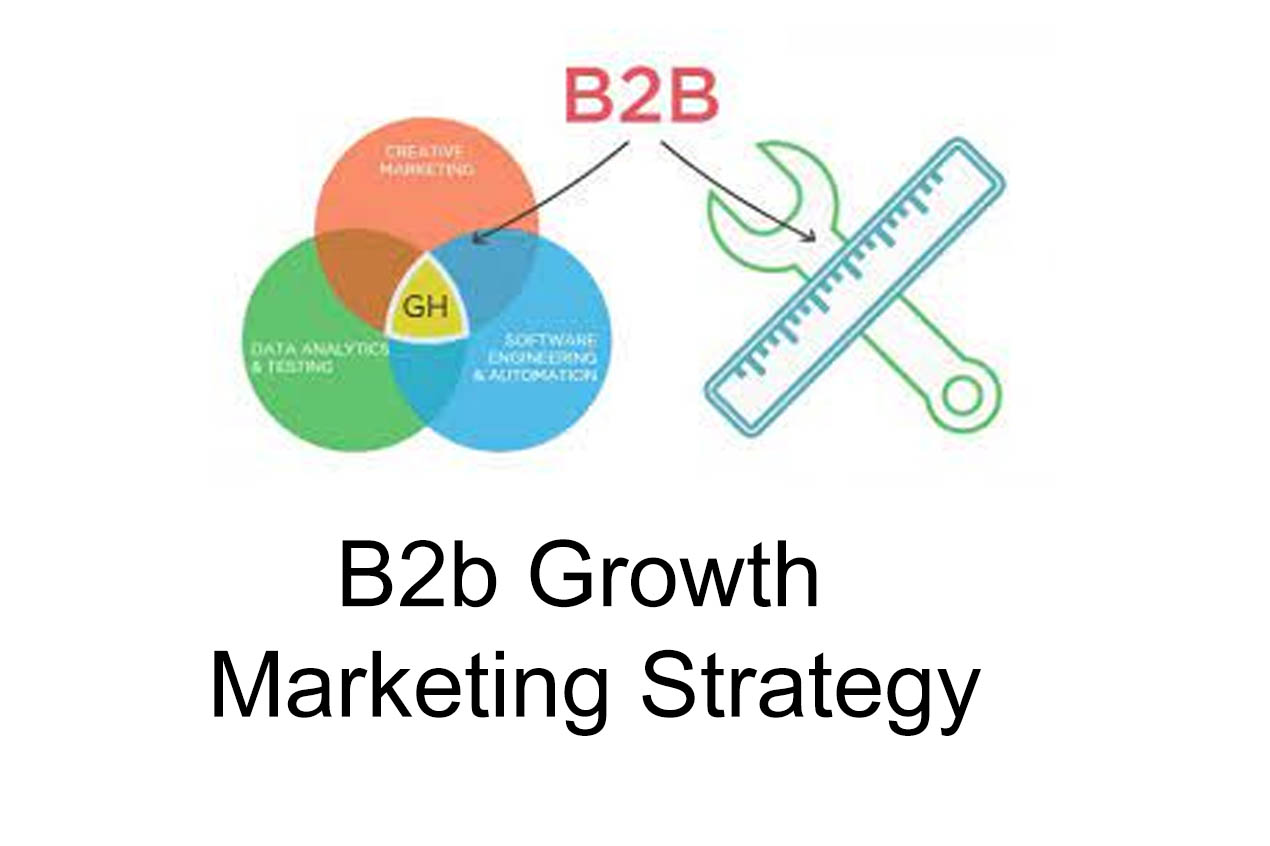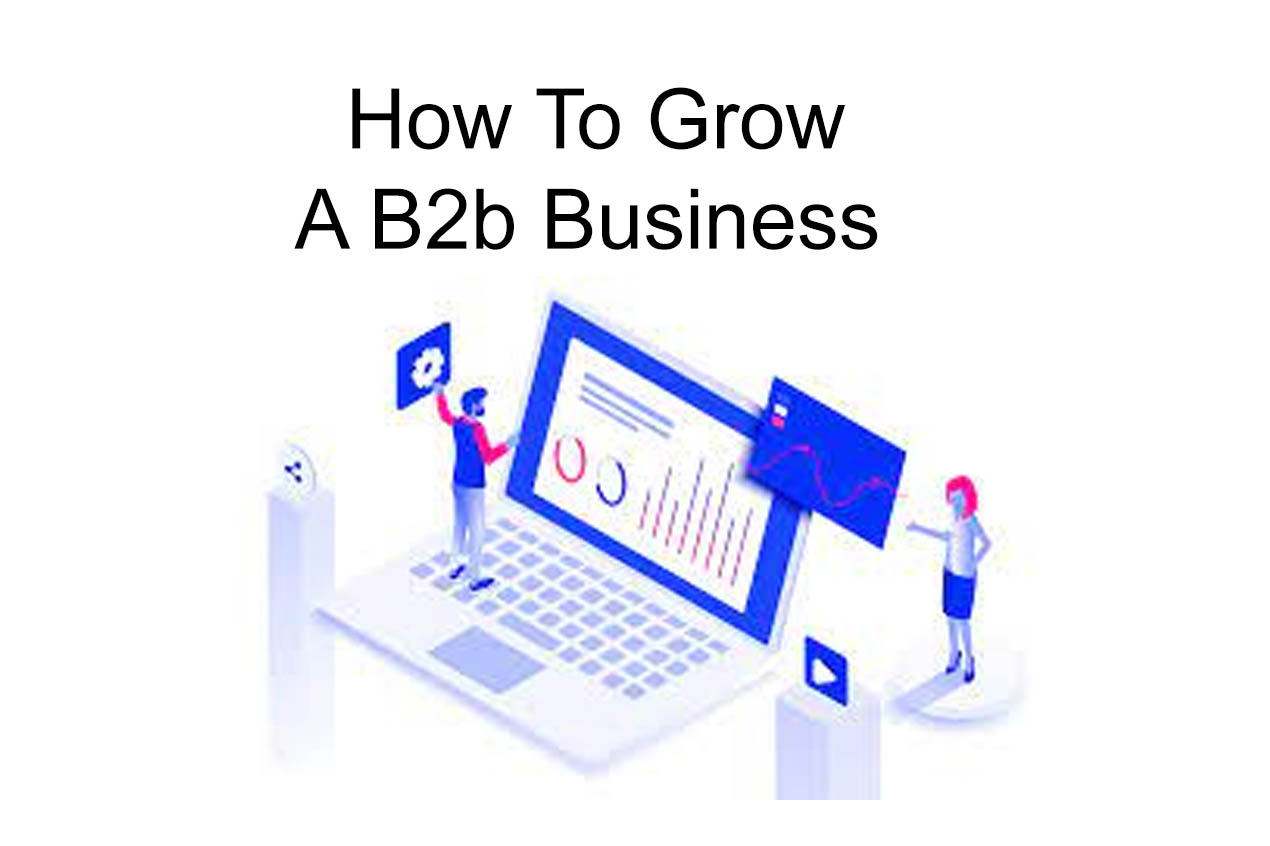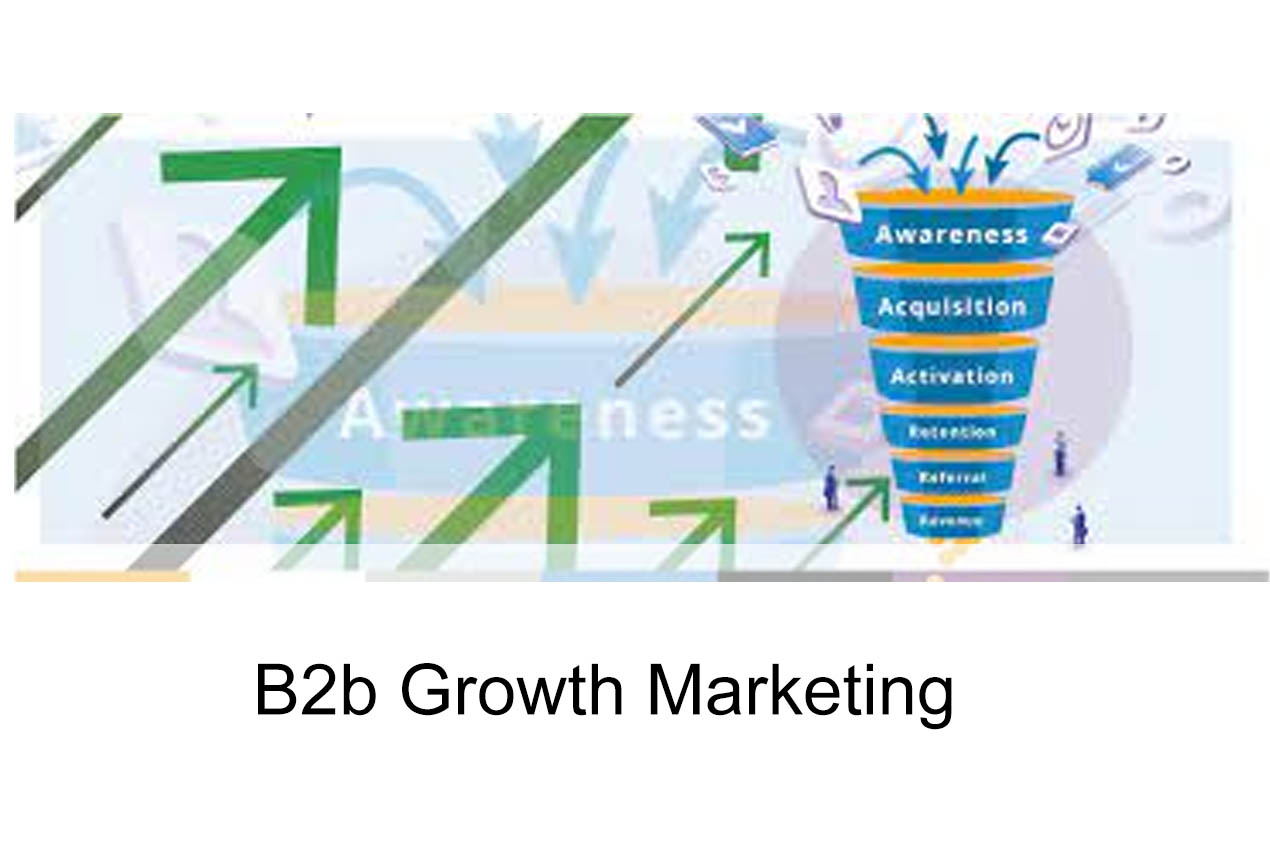
B2b Growth Marketing Strategy
Emily
- 0
Business-to-business (B2B) marketing is all about building relationships with other businesses, identifying their needs, and providing solutions that address those needs. B2B marketing differs from business-to-consumer (B2C) marketing in that the target audience is another business or organization, not an individual consumer.
In this article, we’ll explore a B2B growth marketing strategy that can help businesses to scale and grow their revenue.
- Define Your Ideal Customer The first step in any successful marketing strategy is to define your ideal customer. In B2B marketing, this means identifying the types of businesses that are most likely to benefit from your product or service. You need to understand their needs, pain points, and goals, as well as the decision-makers within those organizations.
- Create Valuable Content Once you’ve identified your ideal customer, you need to create content that speaks directly to their needs and challenges. This could be in the form of blog posts, videos, webinars, whitepapers, or case studies. The key is to provide valuable information that positions your business as an expert in your industry and helps your potential customers solve their problems.
- Develop a Strong Social Media Presence Social media can be a powerful tool for B2B marketing, especially when it comes to building relationships with other businesses. You can use social media platforms like LinkedIn, Twitter, and Facebook to share your content, engage with potential customers, and build your brand.
- Leverage Email Marketing Email marketing is another effective way to reach potential customers and build relationships with them. You can use email to share your latest content, announce new products or services, or offer special promotions. The key is to provide value in every email you send, so your subscribers are eager to open and read your messages.
- Invest in SEO and PPC Advertising Search engine optimization (SEO) and pay-per-click (PPC) advertising can help you drive traffic to your website and generate leads. SEO involves optimizing your website and content to rank higher in search engine results, while PPC advertising allows you to target specific keywords and demographics with paid ads.
- Measure and Optimize Your Strategy Finally, it’s important to measure the success of your B2B growth marketing strategy and make adjustments as needed. Use analytics tools to track your website traffic, email open rates, social media engagement, and other key metrics. Then, use this data to optimize your strategy and make informed decisions about where to invest your marketing resources.
- Build Relationships with Influencers and Thought Leaders Influencer marketing is a popular tactic in B2C marketing, but it can also be effective in B2B marketing. Identify influencers and thought leaders in your industry and build relationships with them. This could involve collaborating on content, attending events together, or featuring them in your marketing materials. By associating your brand with respected industry leaders, you can build credibility and trust with potential customers.
- Use Account-Based Marketing Account-based marketing (ABM) is a targeted marketing approach that focuses on specific accounts or companies rather than individual leads. With ABM, you create customized marketing campaigns that are tailored to the specific needs and goals of your target accounts. This can involve personalized messaging, targeted content, and specific outreach efforts to decision-makers within those organizations.
- Attend Industry Events and Conferences Attending industry events and conferences can be a great way to build relationships, generate leads, and stay up-to-date on the latest trends and innovations in your industry. Consider exhibiting at trade shows or sponsoring events that attract your target audience. You can also use these events as opportunities to network with other businesses and showcase your products or services.
- Focus on Customer Retention While it’s important to attract new customers, it’s equally important to retain the ones you already have. Invest in customer retention strategies, such as personalized communication, loyalty programs, and exceptional customer service. By building long-term relationships with your customers, you can increase their lifetime value and create advocates who will refer other businesses to you.
In summary, a successful B2B growth marketing strategy involves understanding your ideal customer, creating valuable content, building a strong social media presence, leveraging email marketing, investing in SEO and PPC advertising, measuring and optimizing your strategy, building relationships with influencers and thought leaders, using account-based marketing, attending industry events and conferences, and focusing on customer retention. By implementing these tactics, you can drive growth and revenue for your B2B business.

